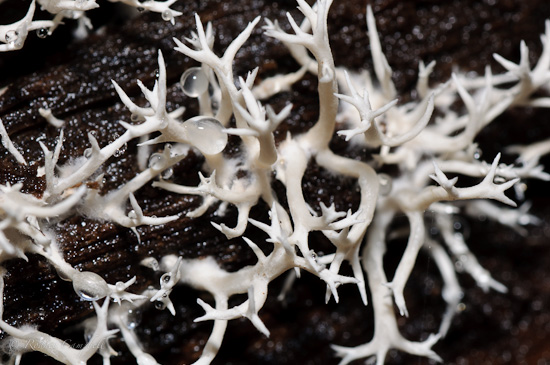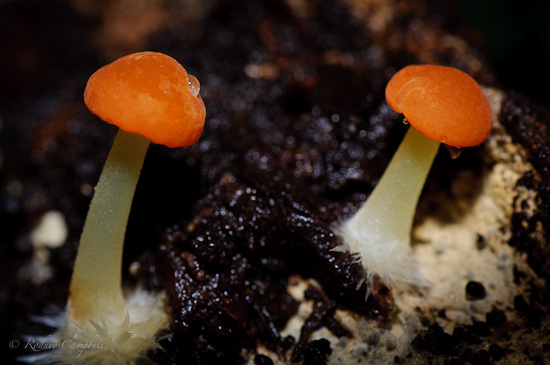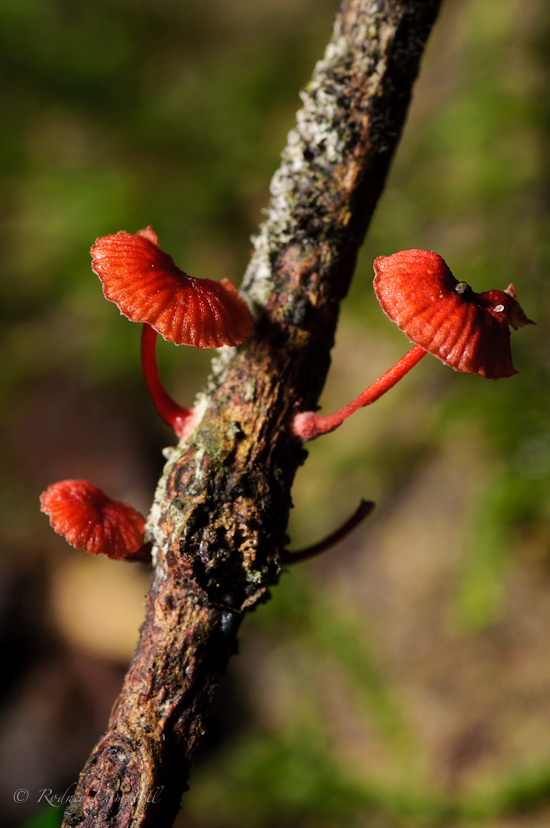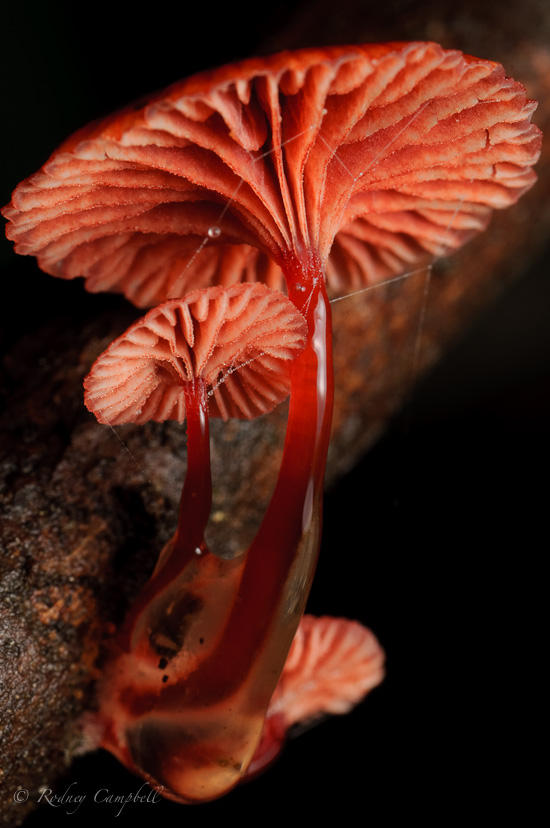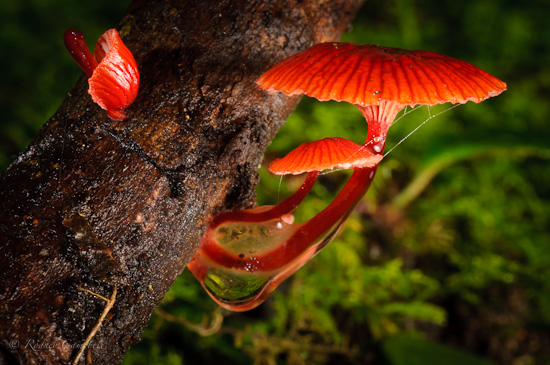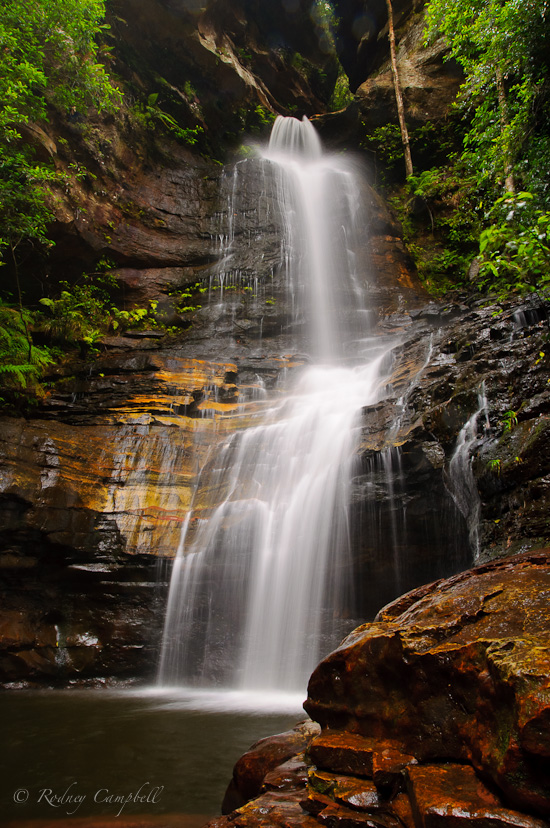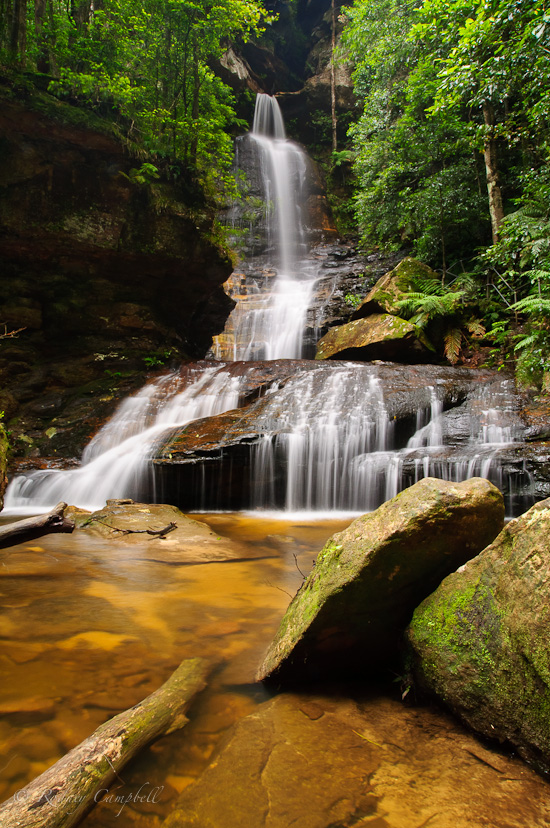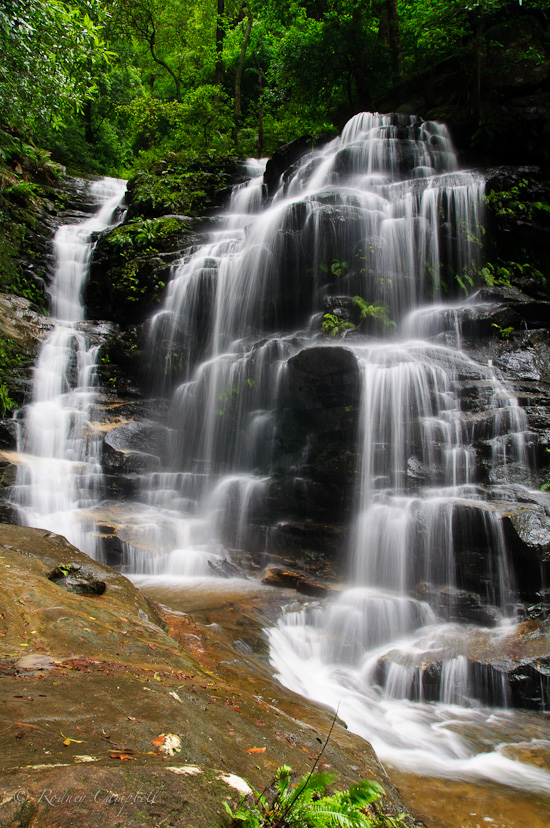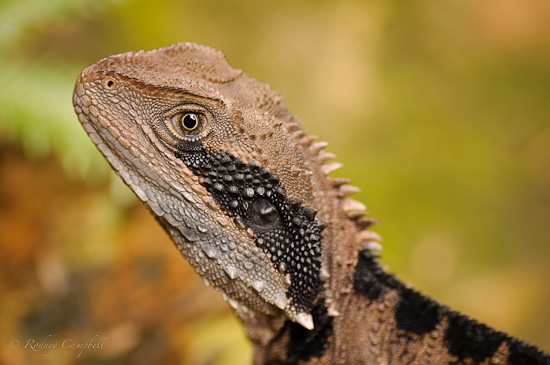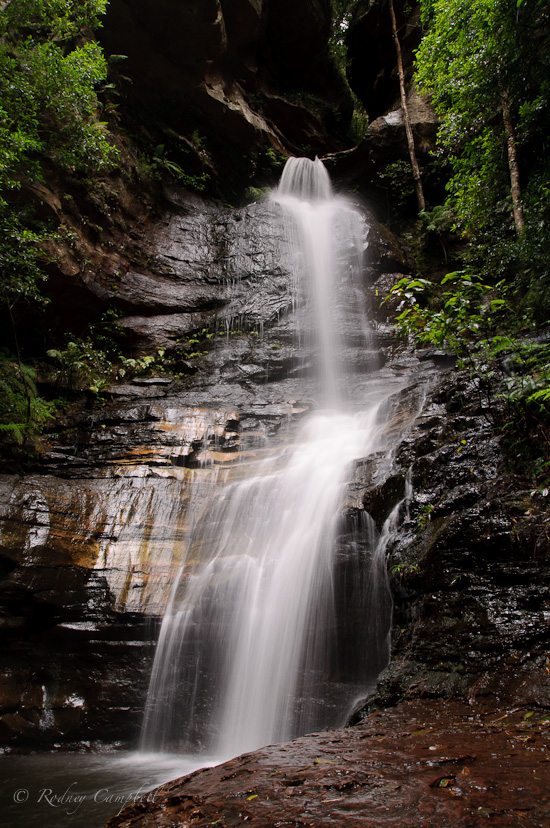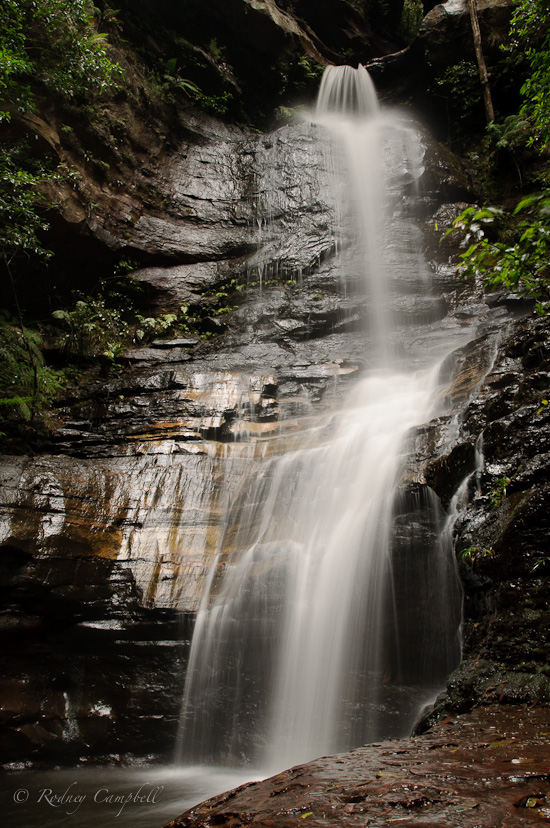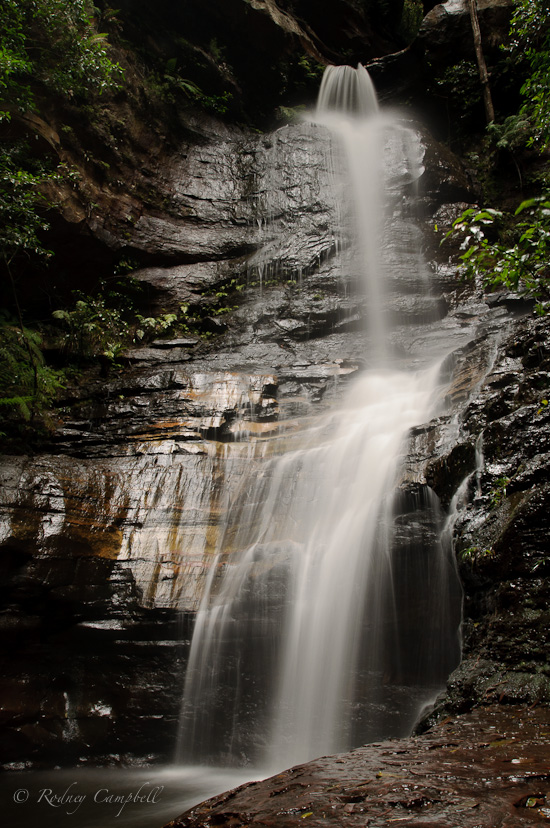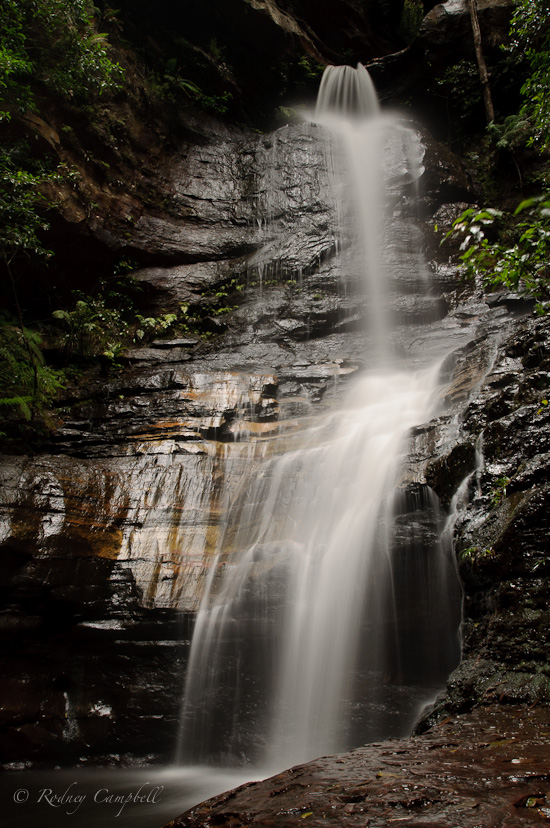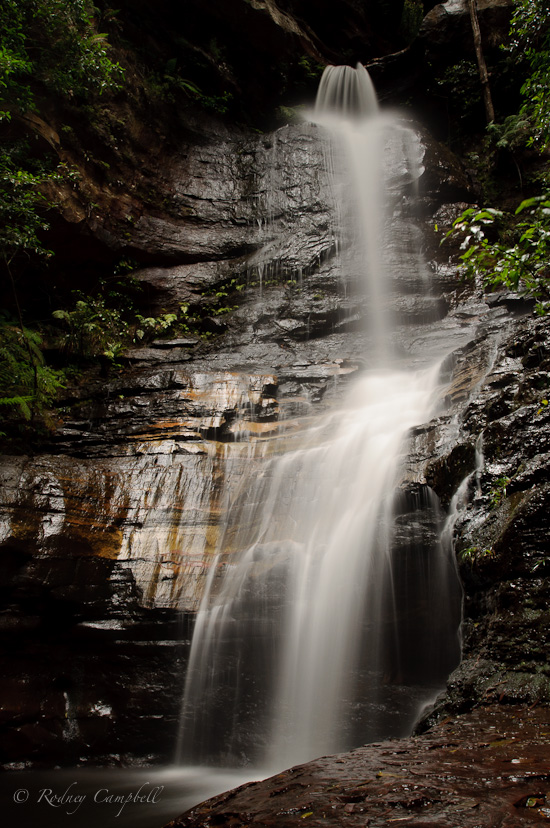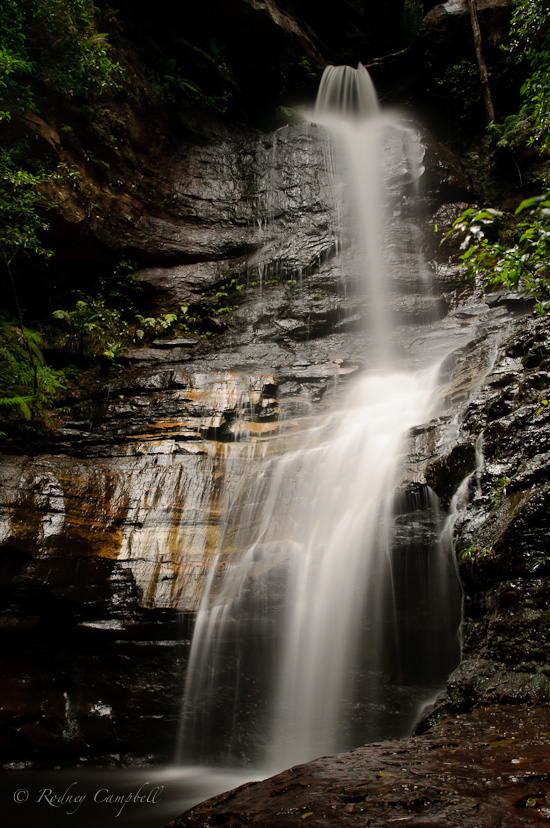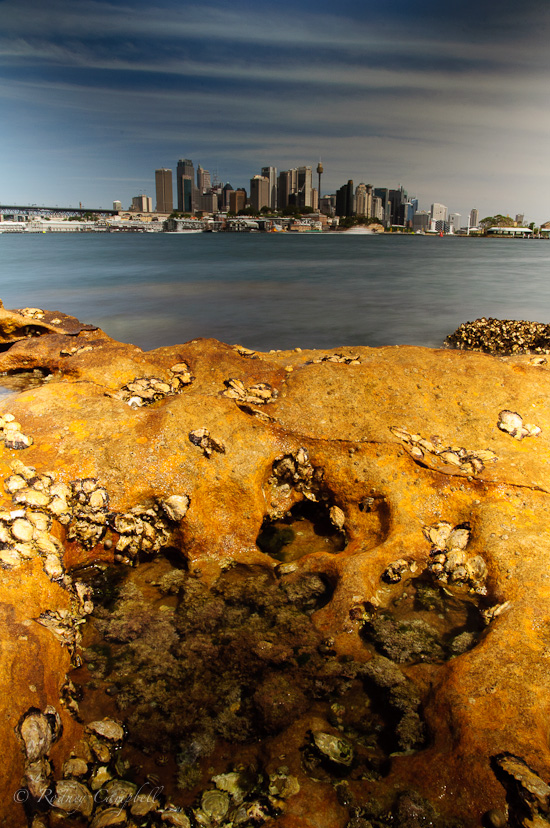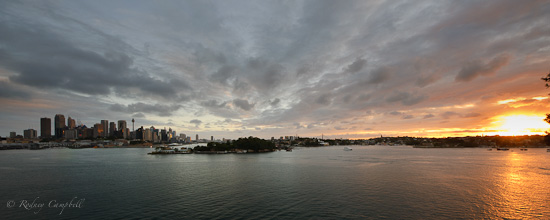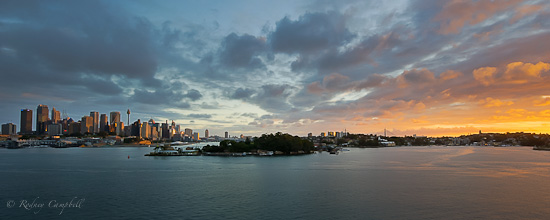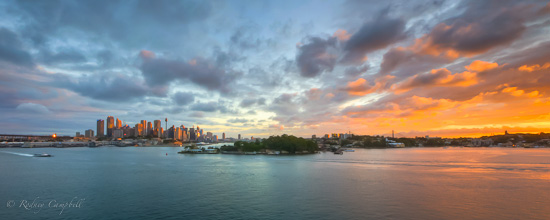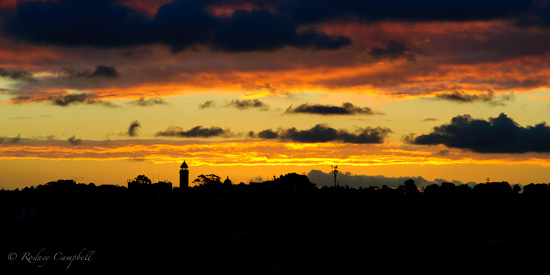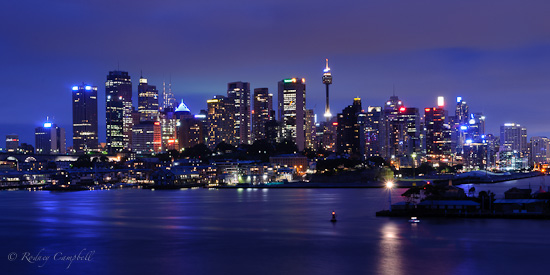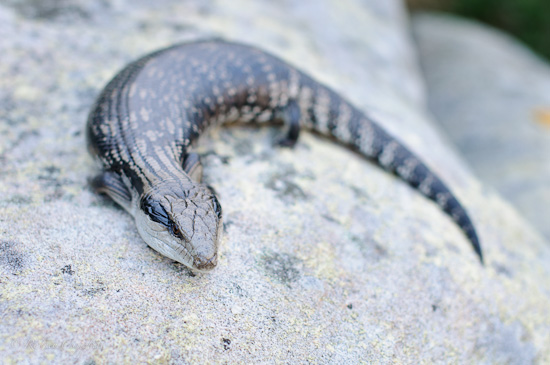Archive for January, 2011
Blackheath – Fungi Fantastico…
by Rodney Campbell on Jan.19, 2011, under Life, Photography
I spent an afternoon with a handful of other keen photographers at Blackheath in the rainforest with macro lenses equipped along with various strobes and light modifiers shooting all manner of fungi. This was my first time ever shooting fungi or in fact shooting macro nature using speedlights so it was a fun learning experience – I hope you like the results. I really hadn’t realised how tiny some of these things were 🙂
I also learnt about shooting past f/16 🙂
Most of the shots were taken with the camera in Manual mode set to the relevant aperture and a shutter speed of 1/200th of a second. For light I was mostly just using my speedlight (SB-600) zoomed out to the widest setting (in my case 24mm) with just a simple stofen omnibounce on the front with the flash sitting on the camera hotshoe. Some of the shots were taken with further light diffusion – e.g. using a Gary Fong style dome or a simple popout circular diffuser panel.
Note: These images (especially the wider shots) look much better when larger – so click any of the images below to see larger versions in an inline overlay gallery viewer.
What isn’t immediately apparent from these images is just how small these fungi are – I had no idea we were searching for things this tiny in the forest – they are practically impossible to notice with the naked eye – it was lucky we had someone who was an experienced fungi shooter 🙂
The orange topped ones below were perhaps only 1 or 2 mm across the cap and in the last shot below (the last shot of the day) the larger of the shrooms here was probably one of the largest of the day and it would easily be less than 1cm across!
.
.
This last shot was taken at an extremely small aperture (f/57) using the on camera flash as a commander through a flash diffuser triggering two remote Nikon flashes (an SB-600 close on the right with a Gary Fong style attachment and an SB-800 further away to the left).
Wentworth Falls – Valley of the Waters…
by Rodney Campbell on Jan.17, 2011, under Life, Photography
I was invited out for the day to the Blue Mountains to join a half dozen other keen photographers for a day of capturing enjoyment.
We spent the morning in the Valley of the Waters (an early start at 8AM) at Wentworth Falls.
The conditions were perfect with very overcast (if a little drizzly) skies and lots of cloud cover ensuring nice slow shutter speeds.
.
.
A Water Dragon who came out to join us and kindly posed and allowed us to take some nice images…
LightCraft Workshop Fader ND – Variable Neutral Density Filter…
by Rodney Campbell on Jan.16, 2011, under Photography, Technology
I recently ordered the LightCraft Workshop Fader ND Mark II (77mm version) from their Australian eBay shop for AUD$129 delivered.
This is one of the class of variable Neutral Density filters and is adjustable between 2 to 8 stops of added density. Density changes when the outer filter is rotated (similar mechanism to a CPL (Circular Polarising) filter). I’d been considering a neutral density filter (something like an ND8 – 3 stops) to use during those times I wanted a longer shutter speed during brighter conditions (to smooth out flowing water for instance).
As I was out in the Blue Mountains yesterday taking photos of waterfalls it was an ideal time to try the filter out – although as it happens the very dull overcast conditions (perfect) we had meant that using the filter wasn’t actually necessary to get a slow enough shutter speed to smooth the waterfalls so I didn’t end up using this filter for most of my shots.
I did however take a sequence of test shots to show how it works.
First the baseline shot with no filters at all:
At the minimum setting – supposed to be around two stops but it looks to be more in the one and a half to two stops range:
Approx 3 stops:
Approx 4 stops:
Approx 5 stops:
Approx 6 stops:
There was more turn in the ring to go before reaching the maximum setting however there is a known weird cross polarisation effect which occurs at very high density settings and the wider the lens the more pronounced/noticable this becomes. This appears as a dark cross which starts to form over the image.
Below is a test shot showing this in effect at 17mm – I took this the day before down on the harbour in VERY bright conditions – the ambient scene had a shutter speed of 1/60th even at f/22 and the last shot below was taken at the maximum setting (actually a little beyond the max marking which accentuates the effect) with around 8 stops of light reduction (3 sec shutter) where the dark cross over the middle is evident.
Approx 8 stops:
So the pro’s:
– given that it is a fixed filter it makes composing and focusing shots much easier without having to remove the filter – just dial the effect down to min to compose and focus (incl auto focus) and then dial it up
– basically appears to work fine between 2 and 6 stops for my reasonably wide 17mm lens
– mine has a 77mm rear thread for attaching and an 82mm front thread (to assist with not vignetting) – it also comes with an 82mm lens cap
The con’s:
– if you use wide angle you can’t really use it all the way to max (8 stops) otherwise you get weird effects on your image
– it appears to affect both the auto white balance and auto metering the stronger the settings – with my camera I found it tends to AutoWB to cooler and also starts to underexpose the higher you go – this may be normal with strong ND filters (I’ve never used any before) – this probably wouldn’t be an issue for real world use where you aren’t trying to take test shots at specific exposure combinations – you just set the WB (on camera or in post) and set the filter for the actual desired result for the scene you’re shooting 🙂
Sydney City bathed in Sunset Glory…
by Rodney Campbell on Jan.14, 2011, under Life, Photography
My eldest daughter and I took an evening trip down to Balls Head Reserve on Sydney Harbour for an hour of photographing the sunset and twilight over the harbour and city.
Situated on the northern foreshore of Sydney Harbour, this popular picnic spot combines natural beauty with spectacular views. It is located at the southern end of Balls Head Drive, Waverton.
Until 1916, the Balls Head area was frequented by the local Aboriginal community and sites including middens, art sites and rock engravings remain today. The Aboriginal name for Balls Head is Yerroulbine.
The Reserve is named after Lieutenant Henry Lidgbird Ball, Commander of the ship Supply in the First Fleet of 1788. Balls Head was the original foreshore land included in the large Wollstonecraft Estate. In 1912 the Australian Army claimed the land and a Quarantine Depot was established in Berrys Bay to service the boats operating to and from the Quarantine station at North Head.
Strong public protests in the early part of the 20th century resulted in Balls Head becoming public parkland (rather than being used for commercial or residential purposes as was mooted) in 1926.
Note: These images (especially the wider shots) look much better when larger – so click any of the images below to see larger versions in an inline overlay gallery viewer.
From this location we have magnificent views over the city and harbour and the setting sun to the right. Unfortunately the view towards the Harbour Bridge is spoilt by Blues Point Tower directly in the middle of the bridge! 🙁
7:56PM and the sun is about to set in the next ten to fifteen minutes, we had a nice cloudy sky which lent some nice colour to the sky.
This is an exposure blend of two bracketed images at 2/3EV and -1 and 1/3EV
This is an HDR from 3 bracketed images at 2/3EV, -1 and 1/3EV and +2 and 2/3EV
8:11PM and the sun has just set – it was actually my daughters idea to take a more closeup view of the horizon where the sun had just dipped over.
8:43PM and the end of twilight but there’s still quite a bit of deep blue/purple colour in the sky on this long exposure.
Blue Tongue Lizard…
by Rodney Campbell on Jan.12, 2011, under Life, Photography
Comments Off on Blue Tongue Lizard… more...